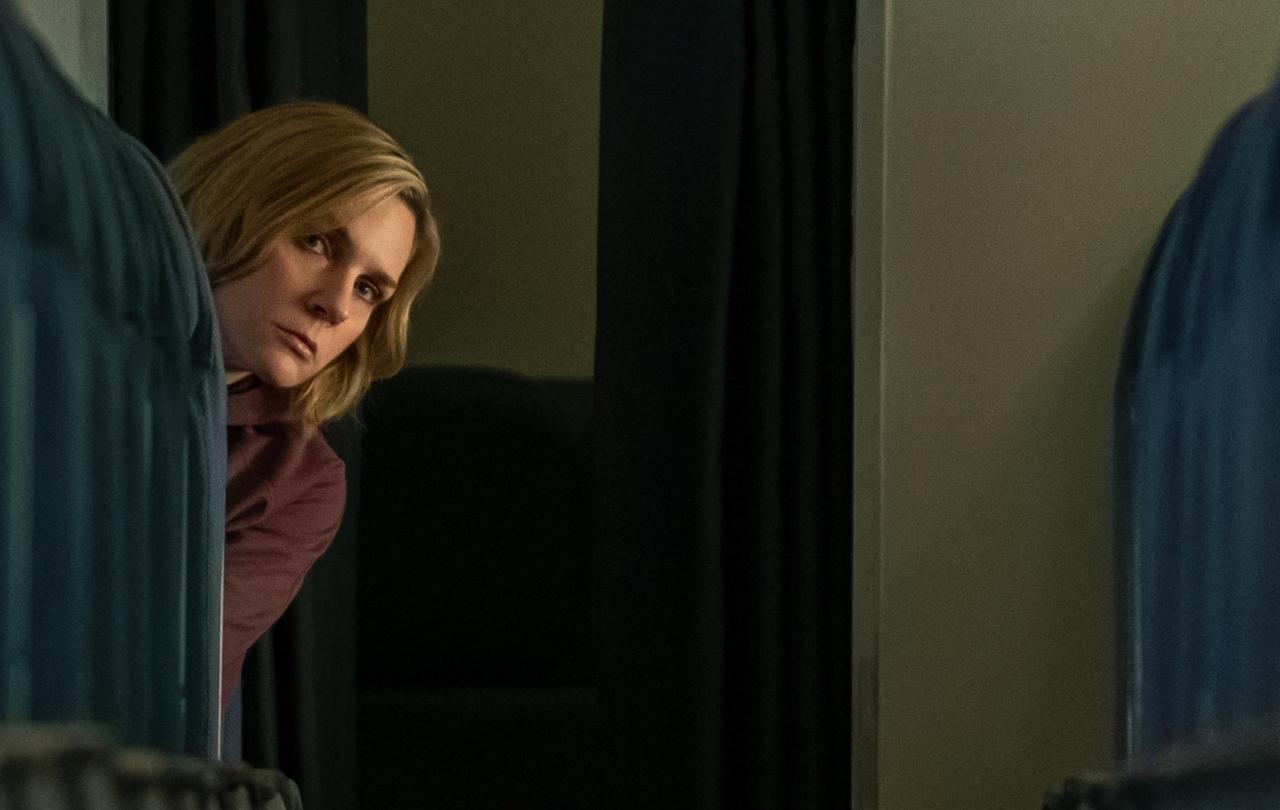
The Barbie movie opens with Stereotypical Barbie having a Perfect Day in Barbieland – until she has an intrusive thought about death. Everything screeches to a halt (even the music). This intrusive thought is about to ruin everything for Barbie, unless she can restore the rift in the universe (and the now resulting threat of cellulite) that it caused.
Christians begin one of their most sacred seasons precisely here: facing thoughts of death. Refusing to name them as “intrusive” but instead acknowledging them, blessing them, and signing peoples’ foreheads with ashes as a reminder that they too will die. On Ash Wednesday, the worldwide church doesn’t rush forward to soothe this fear and move on to happier thoughts, but rather turns to face it and make the facing of it sacred. Annually, again and again. Barbie’s rift in the universe is no doll play.
We create our own trances not only with alcohol, but with culturally acceptable addictions like obsessive thinking, performance hits, binge-watching, TikTok scrolling.
The earliest Christians began their anticipation of Easter by taking time to fast during the 40-hour lead-up to the day, knowing the psychology of short-term deprivation for long-term transformation. They wanted to anticipate the day of their spiritual liberation (Easter) from fear and death, with not only their minds but also their bodies. It was a fully integrated longing. (What is easier to feel – a hunger in one’s soul or body?) They knew the role of their body in their spirituality and discovered that often the body helped the transformation of their hearts. By the fourth century, these culturally specific fasts for Easter merged into a international consensus of forty days. Forty days which began with ... meditations on death. Lent begins by facing our intrusive thoughts of death – the rift not only in the universe, but in each of our souls as we pursue death in one thousand little ways daily. Things which, using the language of Alcoholics Anonymous and the Twelve Steps, we have become powerless to control. We create our own trances not only with alcohol, but with culturally acceptable addictions like obsessive thinking, performance hits, binge-watching, TikTok scrolling. None of us enjoy facing reality.
And while freedom is at the top of our cultural priorities, for many of us it is not external things that limit our true freedom, but things internal to ourselves
As Richard Rohr tells us, the old-fashioned language for addiction is “sin” – something we can’t seem to resist, change, and which perpetually has us in undertow. All of us, to an extent, are in the grip of some addiction, some thing we cannot change and that we continually choose to our own (and our deepest relationships’) destruction. Death and sin have always been held together in biblical poetry, because in many ways they are the same. We are all held in their grip.
One of the most freeing things in AA is coming face to face with one’s powerlessness over addiction, to finally stop running from it. Step 1 says “We admitted that we were powerless over alcohol – that our lives had become unmanageable.” But of course, there are other things we do to numb our pain. AA’s Twenty Questions regarding alcohol are a wonderful tool for diagnosing that neurotic thing lurking in the back of your mind as you read this article, and don’t want to face. Just fill in the blank:
Has ____ ever damaged your primary relationships?
Has ____ ever interfered with your work life?
Do you ever ____ alone?
For an alcoholic, the answers are easy: alcohol/alcohol/drink. But what about more socially acceptable numbing techniques: what about over-analysis? (Has thinking ever damaged your primary relationships – or interfered with your sleeping?) What about workaholism or an addiction to success? (Has an obsession with success ever damaged your primary relationships? Do you overwork to escape from worries or to build up your self-confidence?) Is there is something you do obsessively to relieve your anxiety, and is not working for you or those in your intimate sphere? Lent is the church’s annual invitation to take this obsession seriously, to stop making excuses, and to put yourself in an enforced recovery group with a bunch of other addicts for 40 days. Lent is not about restriction for its own sake, but freedom.
Of course, you can just fast for 40 days to see if you can do it. You can do a “dry March” instead of a “dry January.” You can limit your screen time. Everyone knows the wisdom in these. But Lent is a call to the deeper freedom that these restrictions are for. Every spiritual tradition knows that without restriction, there can be no true freedom. (Every athlete knows this as well. Every musician. Every artist). And while freedom is at the top of our cultural priorities, for many of us it is not external things that limit our true freedom, but things internal to ourselves. Our freedom is not jeopardized by politics to the left or the right, but by the person looking at us in the mirror.
To have our deepest hungers met, we have to clear away space. It is not a white-knuckling stunt.
Think of a time when you were in touch with your sense of being alive. Think of the feeling you have when watching a sunset. Or receiving the pure affection of a child. Think of that sense of happy satisfaction when you have just completed an unhurried project. Or a leisurely meal with friends. Or getting lost in a piece of music. Remember how experiences like this make you feel, and the feeling of being grounded and close to your true center.
Now think of a time when you were cut off from your center but felt powerful – when you were able to get in the last word in a fight. Earned the top score. Rationalized why you were right. Were admired. Successful. Think of how different the energy is behind the first feeling and the second. Many traditions would associate the latter with the false self. The addicted self. The sub-self.
Lent is about discerning each. Lent must be guided by our memory of freedom, as well as an awareness of what is keeping us from it. It is choosing a temporary restriction for the sake of being connected to our center, where God our Source is waiting for us. In the words of a famous addict from the fourth century, Augustine, “I was searching for you outside of me, but you were within me!”
Another word for restriction is surrender – letting go, embracing limits. (And as the Twelve Steppers know, whatever you let go of has claw marks on it). To have our deepest hungers met, we have to clear away space. It is not a white-knuckling stunt. Nor is it baptizing our culture’s fetish with weight loss or iron-man self-control. Lent helps us remember what it felt like when we felt absolutely alive, and to take clear steps towards recovering this sense. We might just find God waiting for us at our center when we do.





